Did you know you can explore Chile through the hands of its makers?
Chile is a long and narrow country that stretches over 4,200 km between the Atacama Desert and the Patagonian ice fields.
Its extreme geography—mountain ranges, valleys, coastlines, islands, and fjords—has shaped not only the landscape but also the lives and trades of its people.
From the vibrant colors of the Altiplano to the rainy forests of the south, each region of the country has its own cultural identity, expressed through local crafts.
Alpaca wool in the highlands, clay in the valleys, plant fibers in the southern wetlands, and native woods in Chiloé.
Chilean handicrafts are more than beautiful souvenirs — they are a way to understand the land and its people.
At Ecordua, we believe tourism can be a tool to give value to these traditions.
By including them in our journeys, we help communities preserve their heritage, generate income, and share their culture with travelers seeking authentic experiences.
In this guide, we’ll take you from north to south, exploring Chile’s main craft regions, their materials, towns, and most iconic handmade pieces.
- Jump to a section:
- Northern Macrozone
- Central Macrozone
- South-Central Macrozone
- Southern Macrozone
- Austral Macrozone
- Conclusion
Northern Macrozone
Between the Desert, the Highlands, and Andean Cultures
Northern Chile, characterized by its aridity and high plateau, has historically been the territory of Indigenous peoples such as the Aymara, Atacameño, and Colla.
They developed crafts closely tied to camelid herding and their ancestral worldviews.
Key materials:
- Alpaca and llama wool
- Clay and volcanic stone
- Cactus wood and totora reeds
Highlights:
Cariquima and Isluga (Tarapacá):
In these highland villages of northern Chile, Aymara communities weave traditional textiles using alpaca wool, natural dyes, and backstrap looms.
Pieces like chuspas (bags) and llijllas (shawls) reflect Andean cosmology and accompany rituals, celebrations, and daily life in the highlands.
Toconao (Antofagasta):
In this oasis of the Atacama Desert, artisans carve volcanic stone and cactus wood into figures of llamas, religious scenes, and colonial churches.
Each piece blends ancestral techniques with the beauty and dryness of the Andean landscape.
San Pedro de Atacama:
The cultural capital of northern Chile stands out for its ceramics inspired by ancient Atacameño artifacts and textiles decorated with geometric patterns.
These shapes symbolize desert elements and pre-Columbian astronomy, connecting art with the cosmos.
Elqui Valley and Combarbalá (Coquimbo):
In the mystical Elqui Valley, artisans reproduce Diaguita pottery, a pre-Hispanic culture known for symmetrical red, white, and black designs.
In Combarbalá, they work with combarbalita, a unique multicolored semi-precious stone, creating decorative and functional pieces.
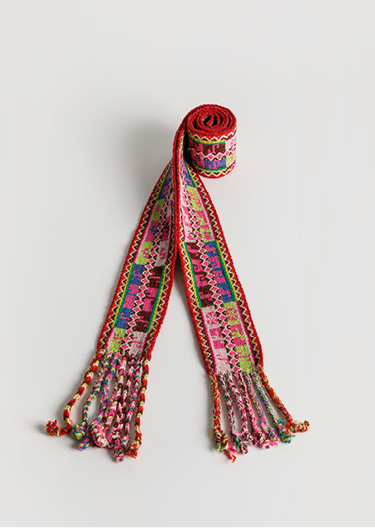

Central Macrozone
Land of Fertile Valleys and Heritage Crafts
At the heart of Chile, the central zone stretches from the Coquimbo valleys to the Maule region, holding a rich agricultural, urban, and rural history.
Here, Indigenous cultures, colonial traditions, and popular knowledge come together, giving rise to a diverse craft heritage deeply connected to everyday life.
Key materials:
- Clay and polychrome pottery
- Plant fibers like straw, wicker, and horsehair
- Sheep wool
- Stone and minerals (lapis lazuli, pink stone)
Highlights:
Rari and Pilén (Maule):
In Rari, women weave horsehair figures from a young age, creating delicate miniatures of flowers, insects, and rural scenes unique in the world.
In Pilén, utilitarian clay pottery is made using traditional firing techniques — a practice recognized by UNESCO as an Intangible Cultural Heritage.
Pomaire and Talagante (Metropolitan Region):
Pomaire is known for its clay pottery: pots, plates, and the famous “three-legged pig” symbolizing good luck.
In Talagante, polychrome pottery is hand-painted with vibrant colors and depicts religious and rural scenes inherited from colonial traditions.
Peñalolén and Pudahuel (Santiago):
This is where arpilleras were born — embroidered patchwork textiles created by women during the dictatorship as a form of protest and memory.
Today, they continue telling stories of community, resistance, and female resilience.
Chimbarongo (O’Higgins):
Famous for its wickerwork, this town produces everything from baskets to sophisticated furniture.
The trade is passed down through generations and remains one of Chile’s most representative forms of basketry.
Doñihue and Colchagua:
In Doñihue, artisans weave chamantos, reversible capes with elaborate designs worn by huasos (Chilean horsemen) in festivities and rodeos.
In Colchagua, handmade straw hats like the classic chupalla are woven — an iconic element of rural Chilean dress.


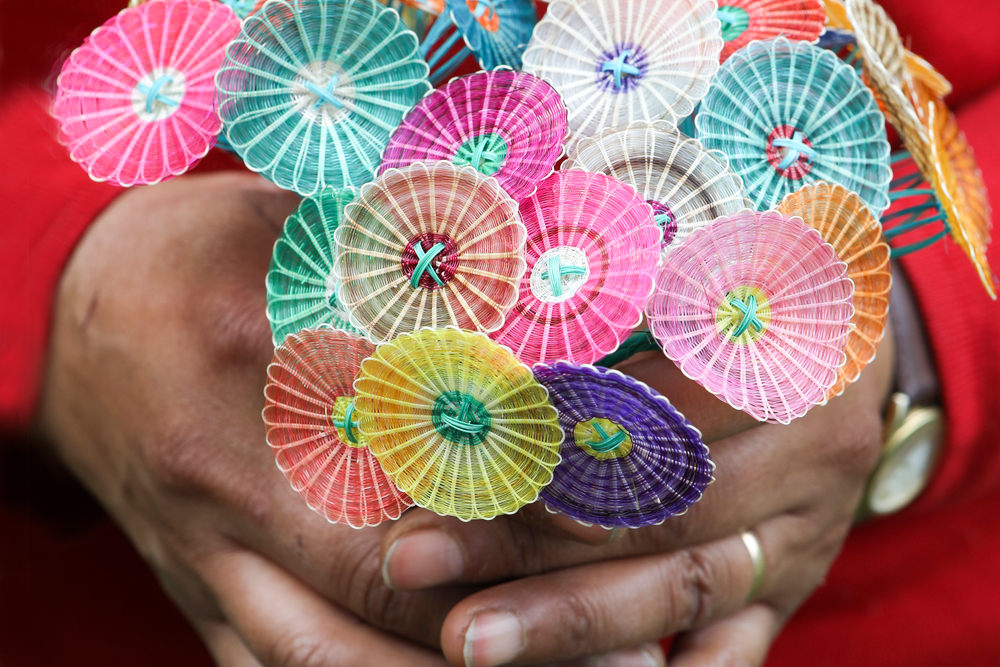
South-Central Macrozone
Ancestral Knowledge and Living Memory of the Mapuche People
In south-central Chile, the landscape becomes greener and wetter, and craft traditions reflect identity, spirituality, and cultural resistance.
Mapuche crafts are an extension of their worldview.
Key materials:
- Black clay and native woods
- Plant fibers: ñocha, chupón, coirón
- Sheep wool
- Silver
- Wheat straw
Highlights:
Quinchamalí (Ñuble):
Black clay ceramics with white raised designs and a signature glossy finish.
Famous figures like la guitarrera have become icons of Chilean countryside art. These decorative pieces are made using a unique firing technique.
Chillán and Ninhue:
In the Itata Valley, traditional spiral weaves known as cuelchas, handmade huaso spurs, and classic chupallas (wheat-straw hats) still survive, preserving Chilean rural heritage.
Puerto Saavedra:
Pilwas — woven bags made from chupón fiber, a native plant — have been used by the Lafkenche Mapuche people for centuries to carry food or harvests.
La Araucanía:
Traditional silverwork (like ceremonial trapelakucha necklaces), loom-woven textiles with symbolic meanings, chemmamüll (wooden funeral figures), and trarikamakuñ blankets dyed with ancient zigzag designs all keep Mapuche culture alive.
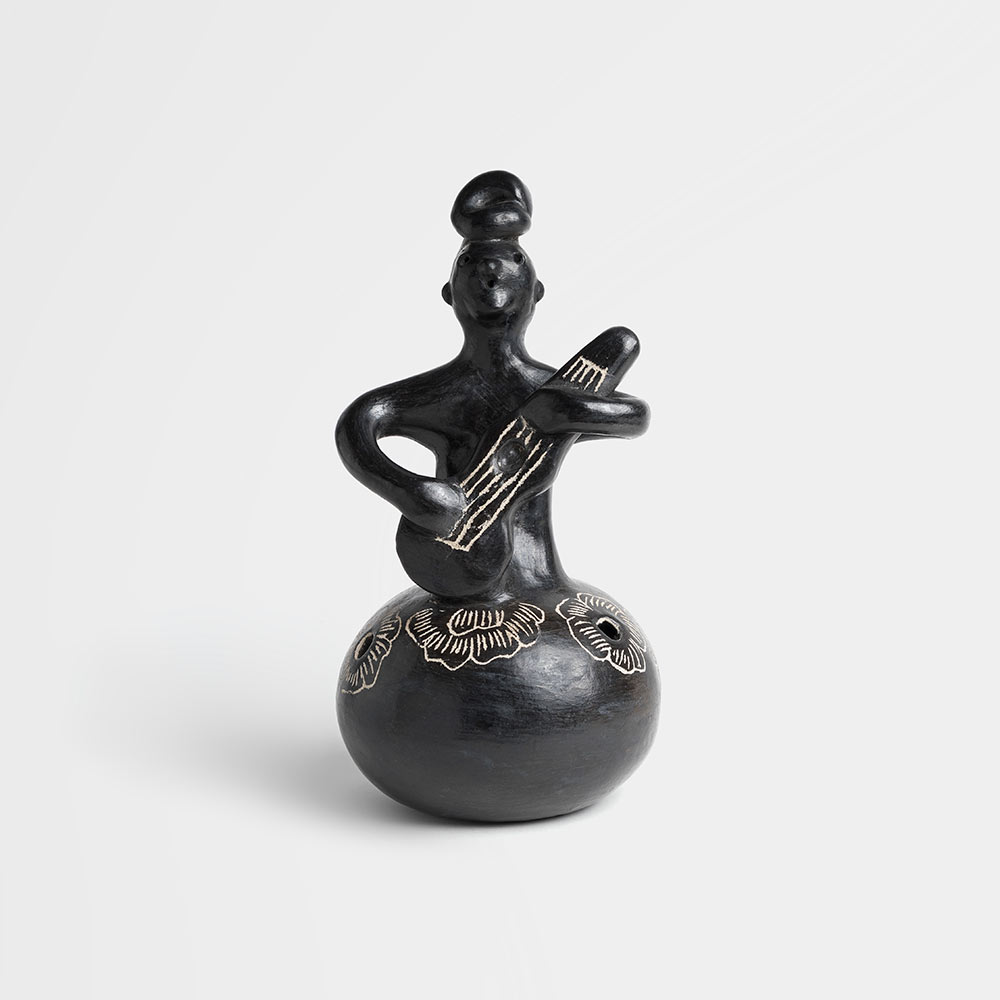


Southern Macrozone
Forests, Rain, and Fibers That Tell Stories
Southern Chilean crafts are deeply linked to nature, Mapuche traditions, and the insular culture of Chiloé.
Key materials:
- Sheep wool
- Plant fibers: boqui, ñocha, quilineja, manila, junquillo
- Native wood
- Seashells
Highlights:
Chiloé:
Chilote crafts are as diverse as the archipelago itself. In Quinchao, Chaigüe, and Llingua, artisans weave thick woolen textiles using the three-weft technique, resulting in rustic and warm blankets.
Basketry uses native fibers like quilineja, boqui, and ñocha, harvested in the forest through traditional rituals.
Other crafts include seashell ornaments, the rabel (a three-string rural violin), and the famous humorous wooden figure indio pícaro.
Mehuín Bajo (Los Ríos):
This coastal community preserves Mapuche basketry made with boqui pil-pil, a native plant fiber.
They create both functional baskets and decorative pieces shaped like birds and trees — an ancestral craft passed down through generations.
San Juan de la Costa (Los Lagos):
Huilliche communities (southern branch of the Mapuche) produce wool textiles and basketry using natural fibers like ñocha and chupón.
These traditions survive thanks to the collective work of families safeguarding their cultural heritage.
Llanquihue and surroundings:
In towns like Isla Maillen, Chaica, Piedra Azul, and Lenca, artisans work with wicker and make hand-knotted rugs, considered among the finest in Chile.
In Los Muermos, Salto Chico, and Rulo, palillo (knitting) techniques give shape to warm and functional garments inspired by the southern landscape.
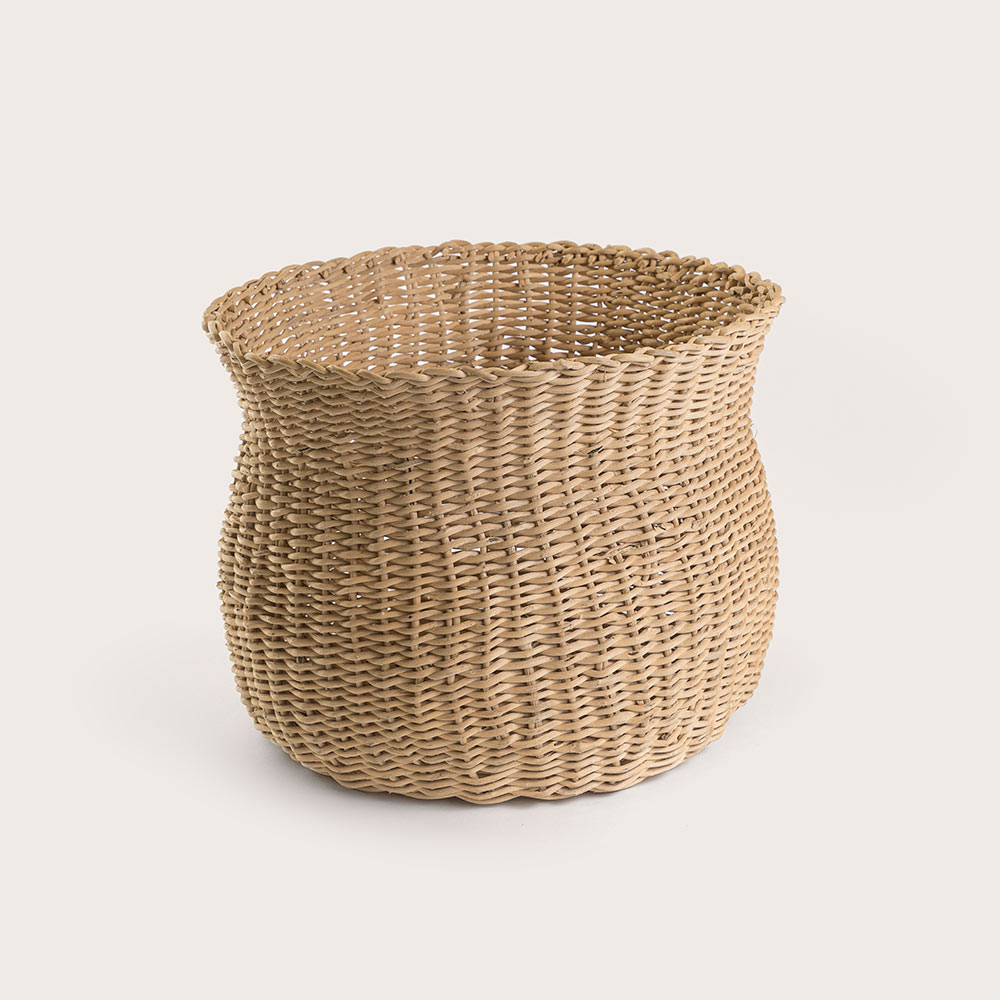
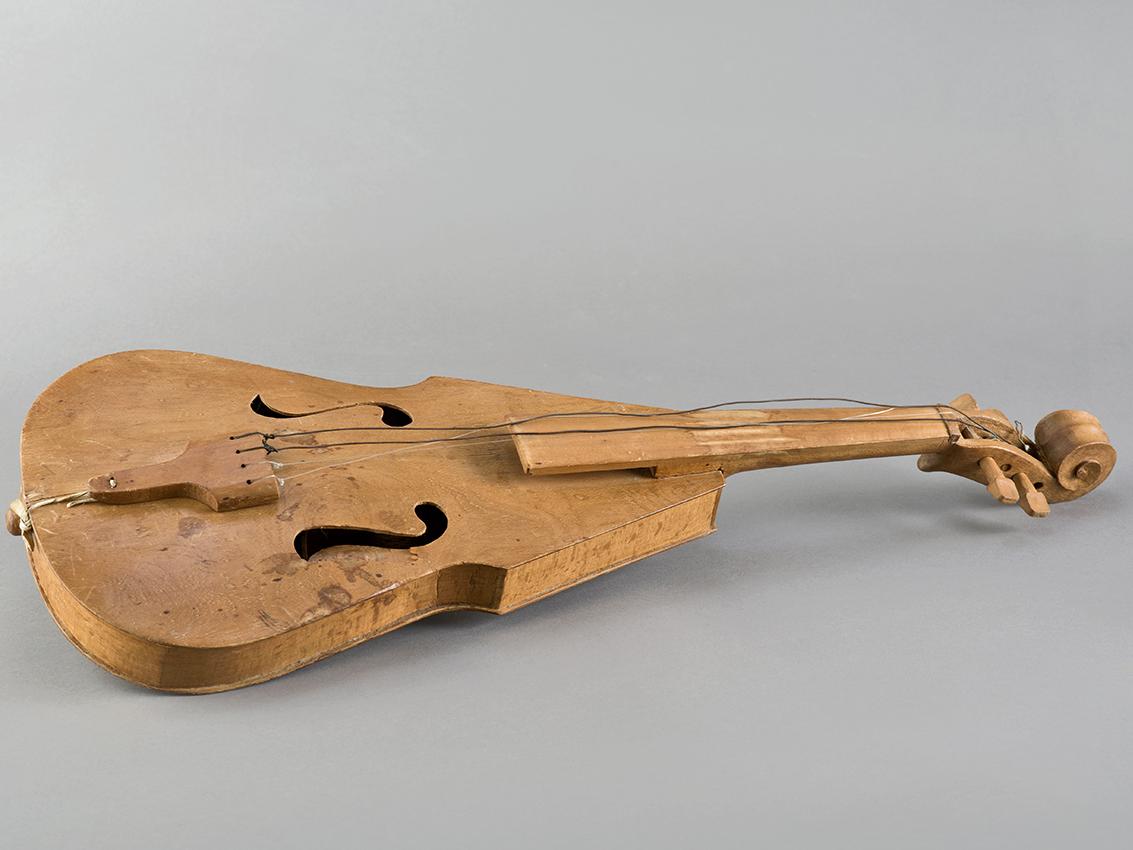
Austral Macrozone
Craft Traditions from the Ends of the Earth
At the southernmost edge of the Americas, where strong winds blow and fjords carve into the mountains, crafts are shelter, survival, and living heritage.
Isolated for centuries, communities in Aysén and Magallanes developed unique trades reflecting their history, the arrival of settlers, and the ancestral wisdom of the original peoples of this vast and wild region.
Here, craftsmanship is identity, resistance, and ancestral knowledge of nomadic peoples and settlers alike.
Key materials:
- Sheep wool
- Local clay
- Leather
- Native wood
- Reed
- Whale bone and marine materials
Highlights:
Kawésqar People (Puerto Edén):
This nomadic seafaring people crafts delicate wooden and reed miniatures, often replicating canoes and utensils used in their traditional life navigating the southern channels.
Puerto Puyuhuapi:
Founded by German settlers, this town is known for its hand-knotted rugs.
Designs mix European heritage with Patagonian motifs, using local sheep wool for warmth and insulation in the harsh southern climate.
Puerto Ingeniero Ibáñez:
Here, a unique pottery tradition was born using local clay and decorations inspired by prehistoric rock paintings.
The bases of the pieces are wrapped in leather, making them as functional as they are visually striking.
Aysén and Magallanes:
Leatherwork (talabartería) is an essential part of Patagonian rural life.
Saddles, belts, bags, and accessories are crafted with strength, utility, and decorative flair — reflecting the gaucho culture.
Yagán People (Puerto Williams):
The Yagán, ancestral inhabitants of the southernmost channels, preserve their basketry using junco reed (Marsippospernum grandiflorum), a technique passed from mother to daughter.
They also make miniature canoes and harpoons from whale bones — pieces that tell the story of their maritime heritage and a culture at risk of disappearing.
Visit Artesanías de Chile to discover and purchase authentic pieces made by local artisans, and explore the Pre-Columbian Art Museum to deepen your understanding of the history of the Indigenous peoples of the Americas.
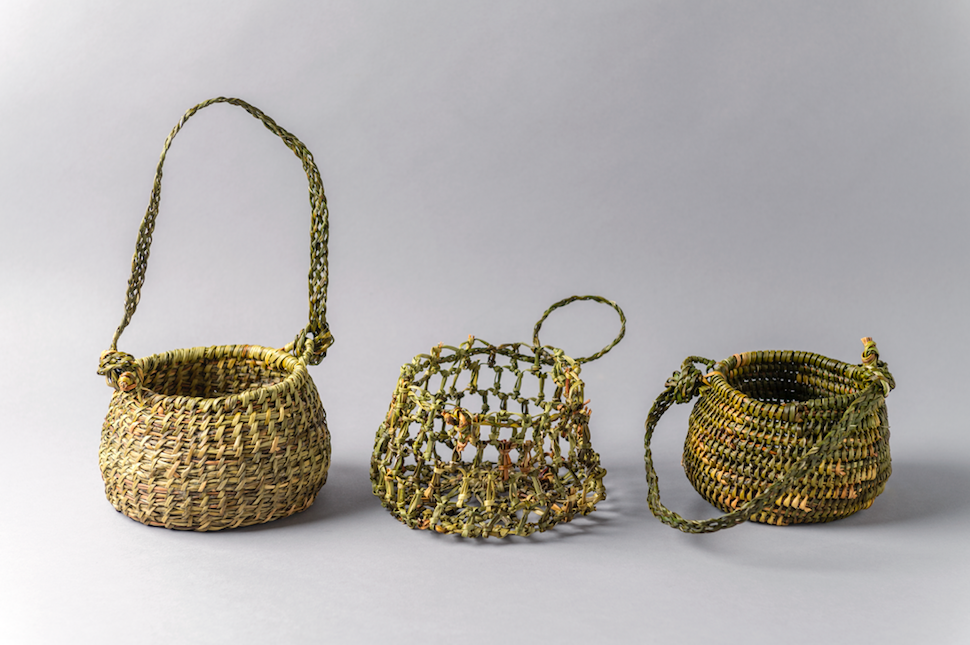
A Cultural Journey Across Chile
From the highland chuspa woven at altitude, to the coastal Mapuche pilwa, and the Yagán baskets that span centuries of history — Chilean handicrafts are a cultural map.
They speak of climates, of people, of struggles, and of a deep bond with the land.
For those traveling through Chile in search of authentic experiences, taking the time to look — and value — the work of the hands that create is a meaningful way to truly know the country.
Would you like to include local crafts in your next journey through Chile?






